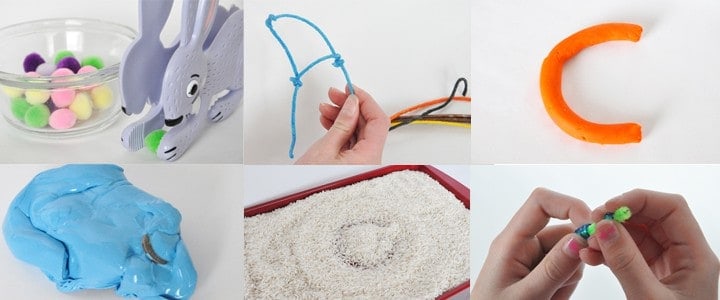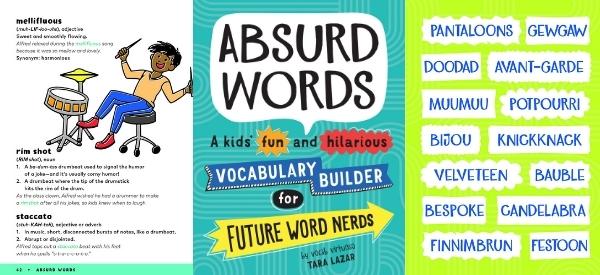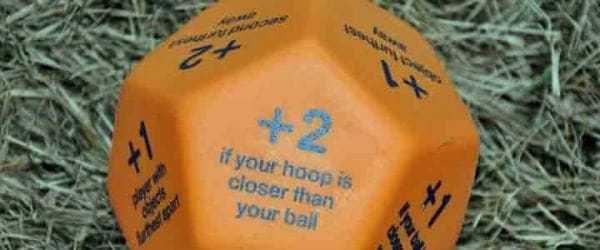6 Ways to Improve Your Child’s Handwriting
This post may contain affiliate links.
Are you looking for ways to help improve your child’s handwriting?
Around age seven or eight, neurotypical children can usually read or write with fluency. But if at this time, handwriting still isn’t neat or legible, and there are no learning differences uncovered, it might be time to practice handwriting skills with more frequency.
Here are some easy ways you can help your child to build their handwriting skills while at home.
6 Ways to Improve Your Child’s Handwriting
Letter Practice Worksheets:

There are lots of different kinds of handwriting worksheets out there where children can practice writing letters over and over on guided lines. Letters can be divided up into “Plane Line letters” that reach the middle line only, or “Sky Line letters” that reach the very top line. These worksheets can be helpful for children to learn more about letter formation, but the rote repetition can be less engaging for some.
Journals With Handwriting Paper:
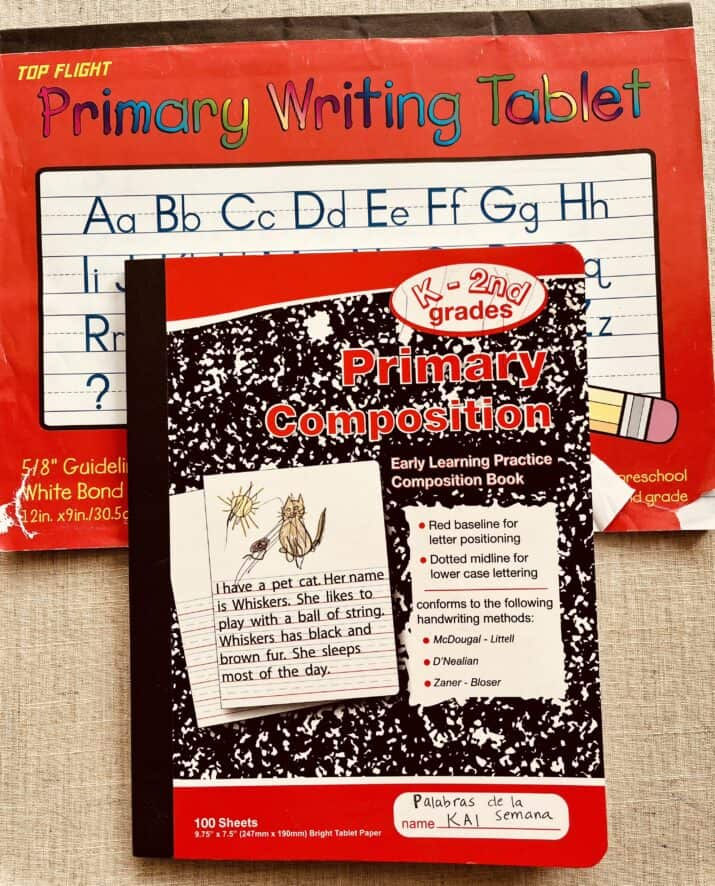
Blank journals can be another beneficial tool for handwriting practice, especially ones with “handwriting paper,” or guided lines, on the bottom half of the page and a blank space for drawing on the top. Children can draw a picture in the blank space and then write about it, which boosts engagement and focus. This can be used with any age or grade, at home or in school. After a student drafts their story, they can rewrite it on the opposite page to further their handwriting practice and correct any mistakes. If your child loves to draw, this could be a good way to help them practice their handwriting without it feeling tedious.
Try Slow Writing:
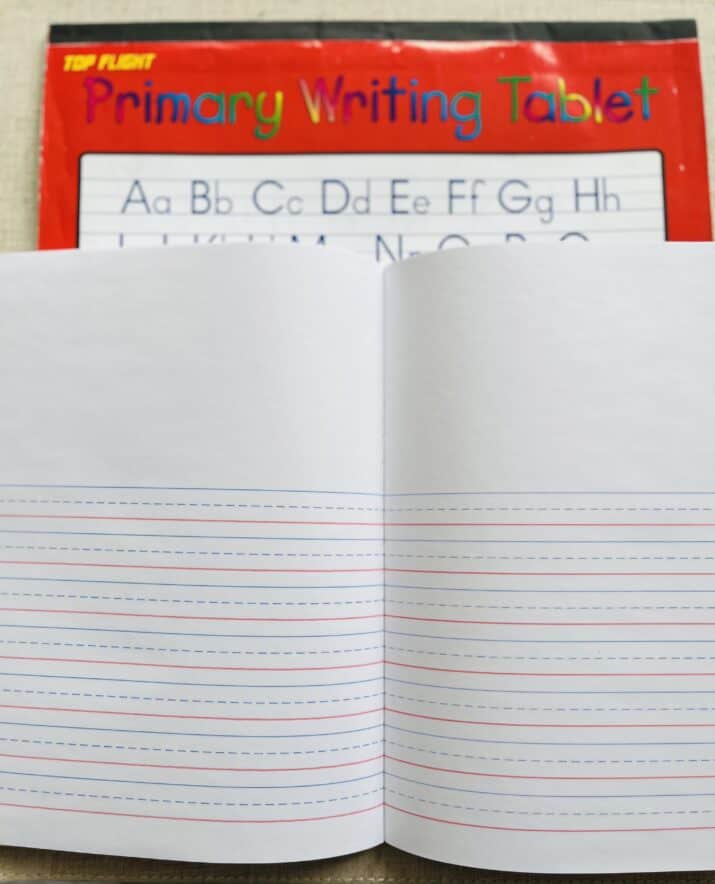
Sometimes, one of the biggest challenges for handwriting is taking the time to properly form letters. One fun technique that can help children slow down is to have them practice writing a letter or word to a slow beat. It can be a slow, rhythmic song, a slow metronome, or a drum beat. Have them slowly write each word then pause after it’s done to look at their work and see if it looks different from when they are writing quickly. This helps them to recognize if they need to slow down when they are writing and gives them a chance to further connect with letter formation. Slow writing is often neat and easier to read.
Use Alternative Materials:
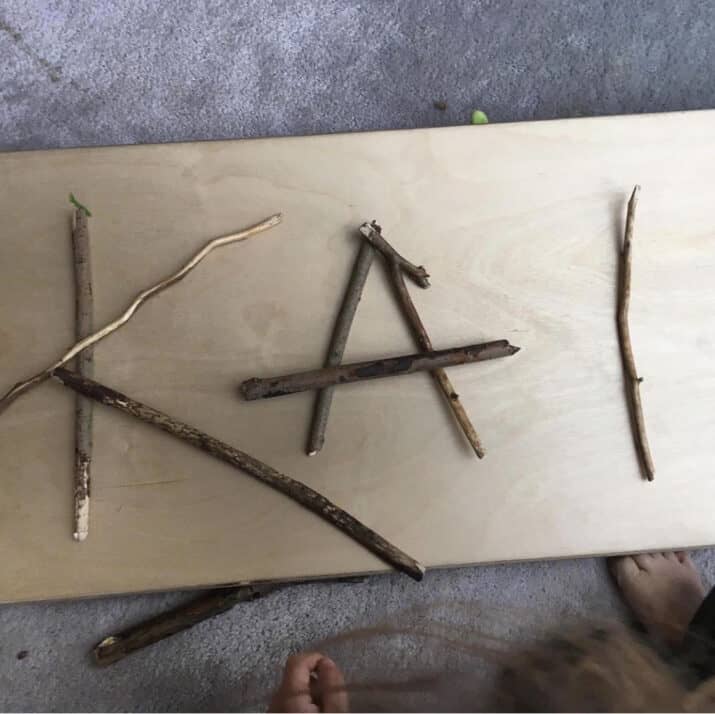
Another way to get further acquainted with letter formation is to use alternative materials to make letter shapes and simple words. Writing in clay or sand, making letters out of Wiki Sticks, blocks, or pebbles, and painting letters can all be ways to refamiliarize students with letter formation.
Build Fine Motor Skills:
Building fine motor skills and muscles is also crucial to handwriting. For younger children, using tweezers to pick up small items, spraying with spray bottles, and working with lacing activities can all be beneficial in strengthening the muscles in the hand necessary for writing. For older students, you can try other fine motor games like Jenga, Operation, and pick-up sticks. If those muscles are weak, then handwriting will be difficult.
Build Vocabulary:
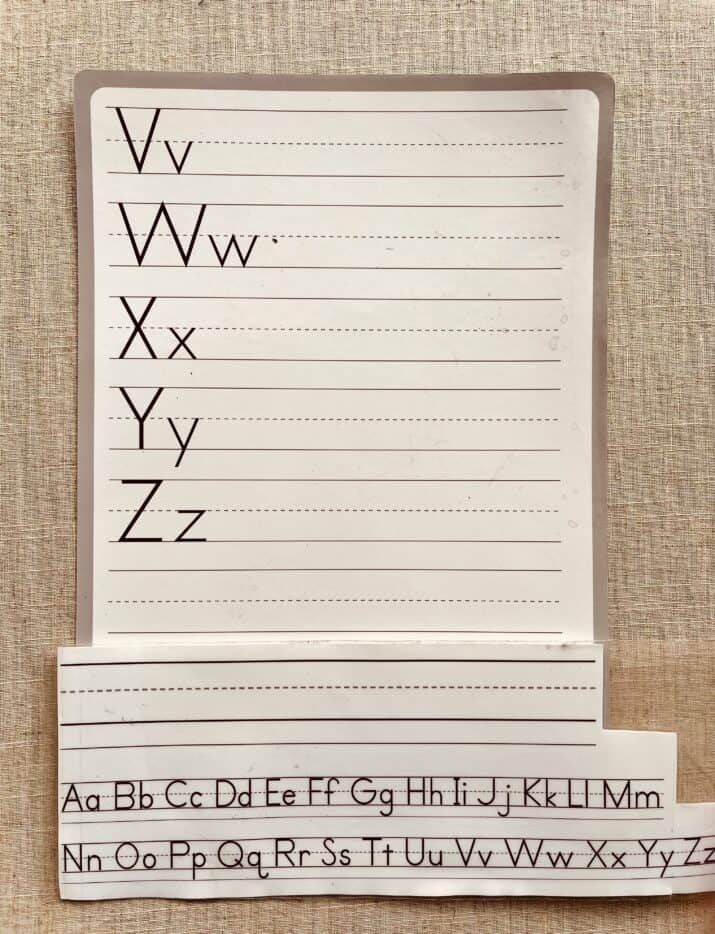
It can also help to get better acquainted with words themselves. Having a strong and varied vocabulary really boosts reading and writing skills. It can be challenging to learn to read and write, even more so when you aren’t quite sure what you are reading and writing about. Focusing on topics that are familiar and filled with words that a child is confident in using in a sentence can build their ability to read and write.
With time and practice using some of these techniques, handwriting skills should blossom.
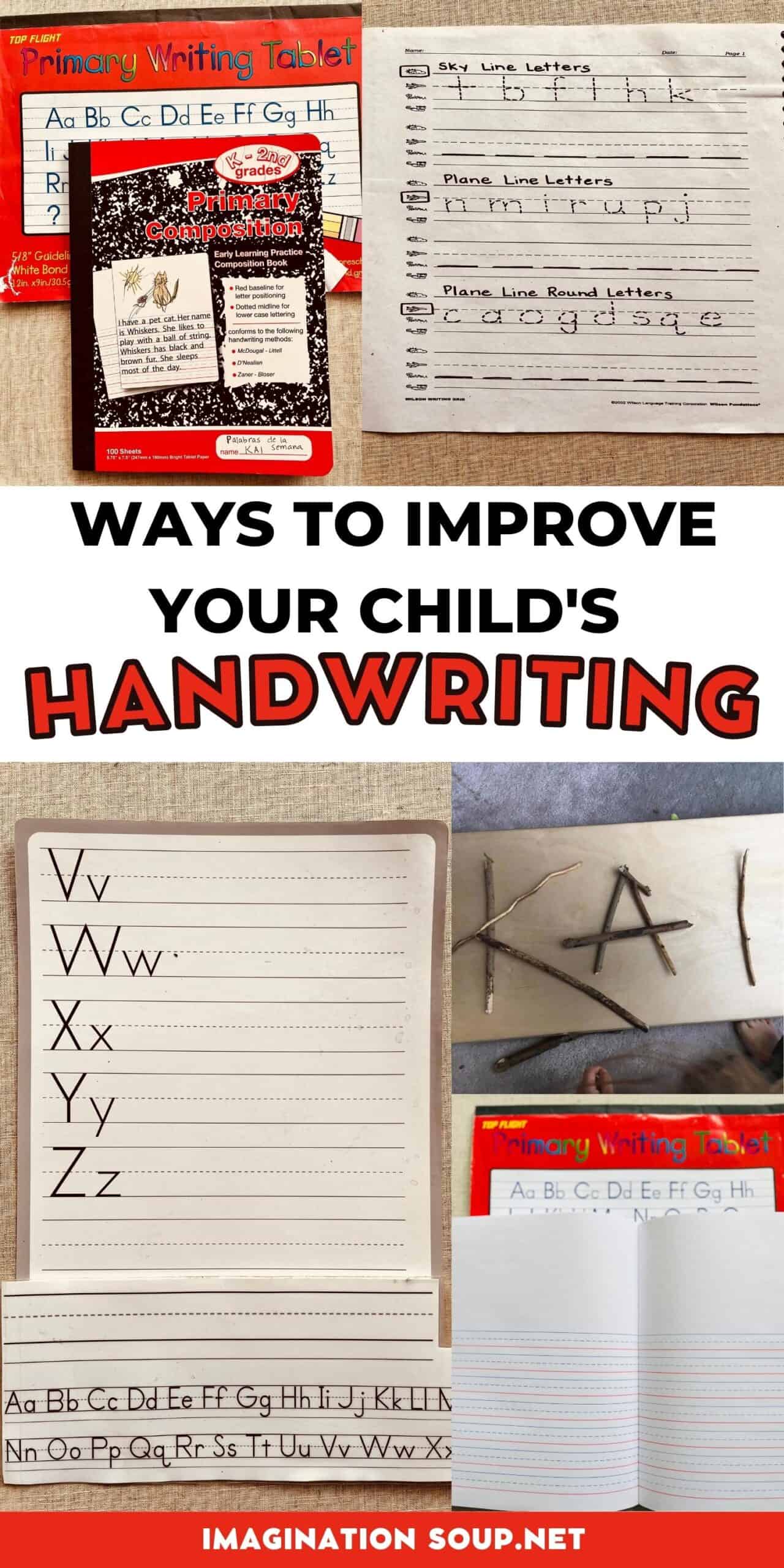
KEEP READING
Handwriting Readiness: Fine Motor Activities and Letter Work

